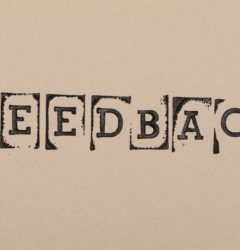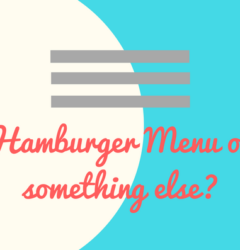Who Really Is A Product Designer?
14 Jul
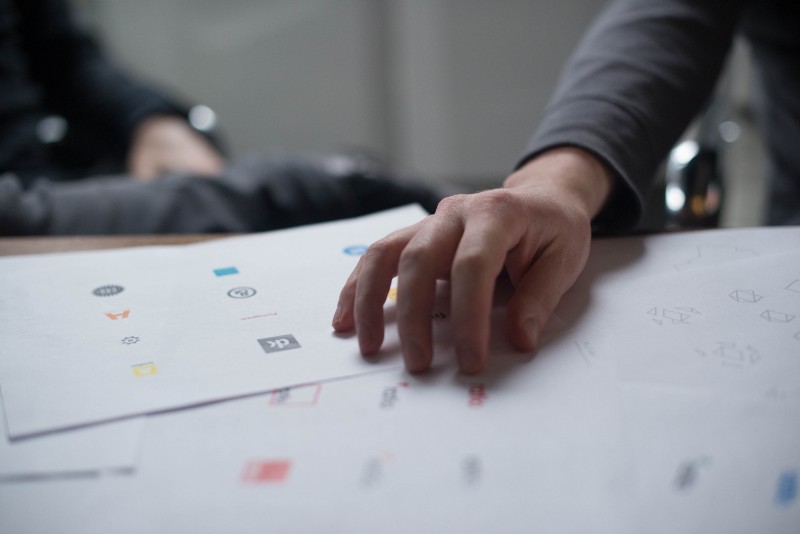
Table of Contents
ToggleThis is an era of transcendence, and the way we consume goods and services is fundamentally changing. Technology makes up a big part of our lives now, and we rely on it for many of our needs. We expect everything to be within the reach of our smartphone and want a personalized experience, be it from a hospital or even a grocery store.
This is an era of transcendence, and the only constant is change.
Design is about solving problems
So, in a world where the definition of almost everything is constantly evolving and pushing the boundaries, what exactly does it mean to be a Product Designer? Is it someone who creates wireframes and prototypes for a product and decides how a product would look like? Or is it someone who creates great visuals for a product? Or, perhaps, it’s someone who decides how a product will interact with a user?
Who is a Product Designer in the digital age? We decided to look for an answer to this question. Before we get to that, however, let’s understand what “design” really means in today’s context.
Traditionally, the word has been used to describe pure aesthetics. If you still cling to that definition, let’s bring you up to speed. Design is much more than just aesthetics, and not every “designer” is the same, in that not all the people who have the word “designer” in their job title “make things pretty”. I say this because so many people, even in the tech industry, have got the idea of design all wrong.

Yes, when we talk about a product, visual design is an important part of the overall design, but that’s not all there is to it. Design is often seen as an object, but it’s so much more. It should rather be seen as a process because essentially, it’s a way to make things better. In Sciences of the Artificial, Herbert Simon defined it as the “transformation of existing conditions into preferred ones”, which I think is a great way of putting it, because it tells us how much the word really weighs. It tells us that design is about improving things.
Drawing a beautiful picture on a blank piece of paper? Design. Adding an adjustable back to a chair so the user can lean back and stretch easily? Design. Making a mobile app that lets the user keep track of his expenses? Design!
Now that we’ve got that sorted, let’s talk about Product Design.
Product Design: Emergence and Evolution
Product Design is…
*cue drumroll*
.
.
.
…an evolution. New roles keep popping up every now and then. The process of product development is changing, so the roles of people involved in the process are evolving, and the trend is towards following broader disciplines. The scope of responsibilities is becoming larger and people are moving away from specializations. Designers are now exercising more influence over the product development process.
And that’s where the role of a Product Designer comes in. Visual Designers deal with the look and feel of a product, while UX or Interaction Designers deal with user flows and wireframes. But the Product Designer is someone who can take a high-level concept and see it all the way through to execution.
“The promulgation of design thinking as a paradigm for end-to-end product development, not just “design phase” work” is one of the biggest drivers for this trend. I came across this on StackExchange and found myself nodding in agreement. As Design Thinking and Agile have started to become the standard for software development, it has indeed opened doors for new responsibilities and roles.
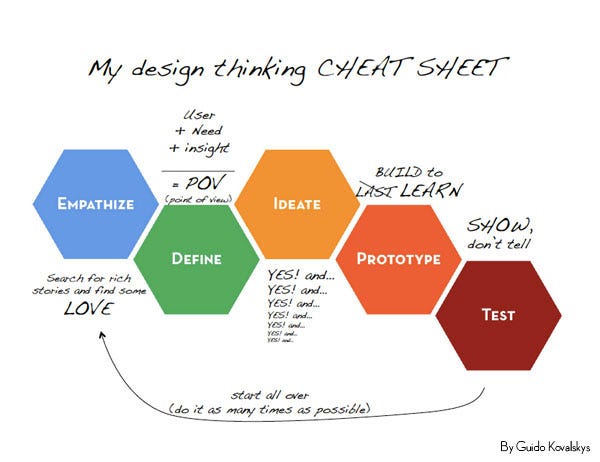
Design Thinking starts with the needs of the user, which makes the Product Designer one of the most important people in the team, simply because she is the person rooting for the user’s needs. As is obvious with its success, paying attention to the user is the best thing you can do when trying to solve a problem. And in its very essence, Product Design is problem-solving.
“A key aspect of Product Design is understanding the business value behind every decision. Data informs everything we do, user research checks our assumptions, and we measure our success through business and engagement metrics.” — Eric Eriksson
One of the biggest challenges for a Product Designer is to make decisions that drive user engagement with the product, and that requires lots of different types of data. So the Product Designer has to spend a lot of time researching user behavior, reading about the latest trends, and thinking deeply about how to solve specific user problems. She also studies other products and reads from multiple sources (like these) to stay inspired.
A Product Designer sees the bigger picture.
Because she wants the product to be meaningful, not just easy and delightful to use. That’s what drives user engagement. If the product looks beautiful and is extremely user-friendly, but fails to solve the user’s problems, it’s not a product you should be building.
I remember reading a book as a kid in which someone said that librarians have to know a little bit about everything. I think the Product Designer’s role is like that in some ways.
She will gather user data, brainstorm ideas, and validate the best ones by getting them in front of the users. She will work with the marketing team to make sure the brand is promising only what it can deliver because users don’t stick around when they don’t get what they see.
The Product Designer is a key player in the entire development process because Product Design is much more than just the coalescence of visual design and interaction design. It’s visualizing and designing a whole product, not just parts of it.
Product Designer’s Role in Testing
Devising good tests is hard. There are full-fledged courses to help you understand your users and their goals, so you can design good test tasks and ask the right questions. This is important because asking the wrong questions will get you the wrong answers, meaning your data will be poor and devoid of purpose.
What’s my point?
That visual designers and developers are not usually the right people to devise test tasks. Most of them are too pleased with their own work to take an objective look at it, which leads them to focus too much on their own pet features/design elements and disregard the user’s goals. They might even dismiss the user’s complaints as minor because they’re not willing to admit their work’s deficiencies.
Now, I don’t have a beef with visual designers or developers, and there’s certainly nothing wrong with being proud of your work, but you need someone in the team who cares about what the user wants to accomplish.
Jakob Nielsen expressively puts it in his user testing article, “Designers can get so caught up in their own theories about how users ought to behave that they forget to test for cases in which people behave differently.”
The Product Designer is the person who prevents this from happening. She helps the usability team ask the right questions, so they can collect the right data, and takes a call on whether a user’s problems are representative of the market and whether it’s viable for the business to fix those problems. Then she instructs the designers and/or developers to work on those problems.
The Tyranny of Labels
We tend to fall into the trap of labeling everything, trying to fit different responsibilities into little boxes with clearly-defined names. While that can certainly help in the division of work, it can also create confusion, because there will be an overlap of responsibilities at times.
When comparing the role of a Product Designer, a Product Owner, and a Product Manager, the PM mostly performs outward-facing tasks like market analysis, competitive research, dealing with partners and stakeholders. He lays down the product roadmap and focuses on the broader vision of the product. The Product Designer takes high-level concepts prioritized by the PM and visualizes them, turning them into the actual design with the help of the design team. Once they are prototyped and validated with the help of user testing and interviews, the Product Owner turns these designs into an actual product.
The Product Owner is the most inward-facing one of the three. He is responsible for prioritizing individual tasks and assigning responsibilities to the development team. He takes care of the product backlog, clarifies requirements, and answers questions from developers. On the other hand, the Product Designer tends to be ambi-focused, doing a lot of research pertaining to individual users and how they will interact with the product, and then converting her ideas into actual designs.
Some people consider the term Product Design unnecessary, stating that everyone in the team should be focusing on the user, not just one person. While that is ideal, we don’t live in an ideal world. Everyone doesn’t pay attention to the user’s problems and needs, so we need a person who does, someone who solves the user’s problems in a way most beneficial to the business.
Product Design is an evolution in progress, and there will be some fuzziness to the meaning of the term for a while, but that doesn’t mean the term becomes useless. Along with user experience design, a Product Designer may also work on any combination of marketing approach, technical design, analytics, and more. Keep in mind that two organizations may not use the term “Product Designer” to convey the same meaning, but that’s alright. There is still value to the term because “it communicates a differentiated scope of design responsibility.”
A recent survey by Invision on product designers’ roles shows their roles have expanded to include early-stage planning, user research, ideation, and project management.
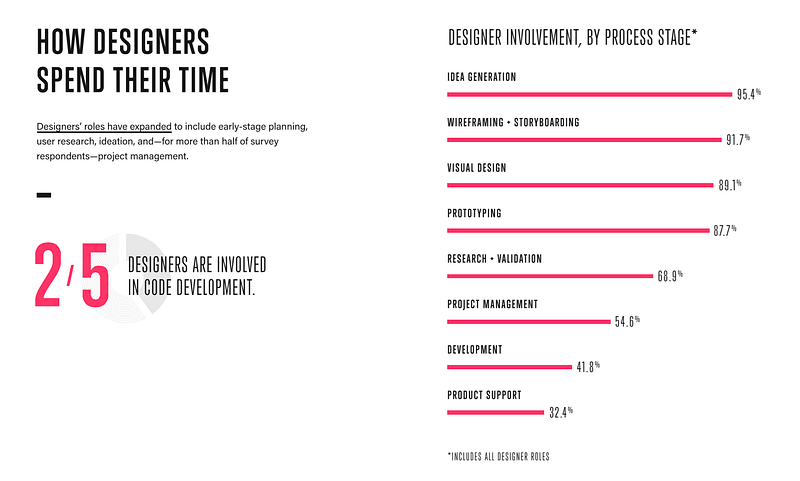
To sum it all up, a Product Designer is the champion of product thinking.
In a time where billion-dollar businesses are built around tech products, a focus on how these products are experienced and consumed by the end-users has become inevitable. Every experience is designed to make the user feel accomplished, delighted, and wanting to come back for more. And who designs these experiences?
That’s right, a Product Designer.
What are your thoughts on who really is a product designer? Tweet to us at @zipboardco
Request Demo
Request a personalized demo of zipBoard to annotate, collaborate, assign tasks, and provides responsive testing when designing your website or e-learning course
Get DemoRelated Post
Recent Posts
- Why Your Team Needs a Content Feedback System (Not Just Comments in Docs) May 28, 2025
- Content Approvals Are Slowing You Down — Here’s the Fix May 26, 2025
- How to Streamline Content Review and Approval — Best Practices, Tools & Automation May 12, 2025
- What Is Content Operations? And Why It Breaks Without a Feedback & Approval System May 3, 2025
- Why Designers Need a Website Visual Feedback Tool: Improve Design Reviews & Client Collaboration April 25, 2025
©️ Copyright 2023 zipBoard Tech. All rights reserved.
